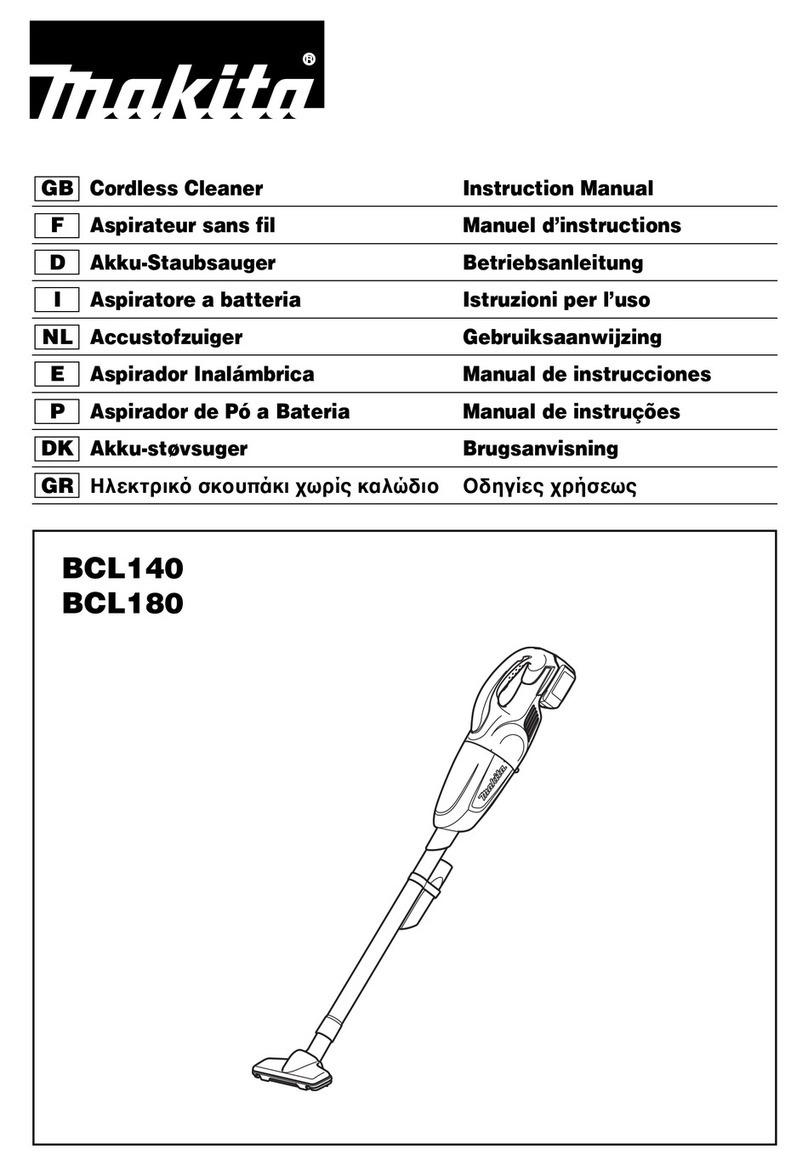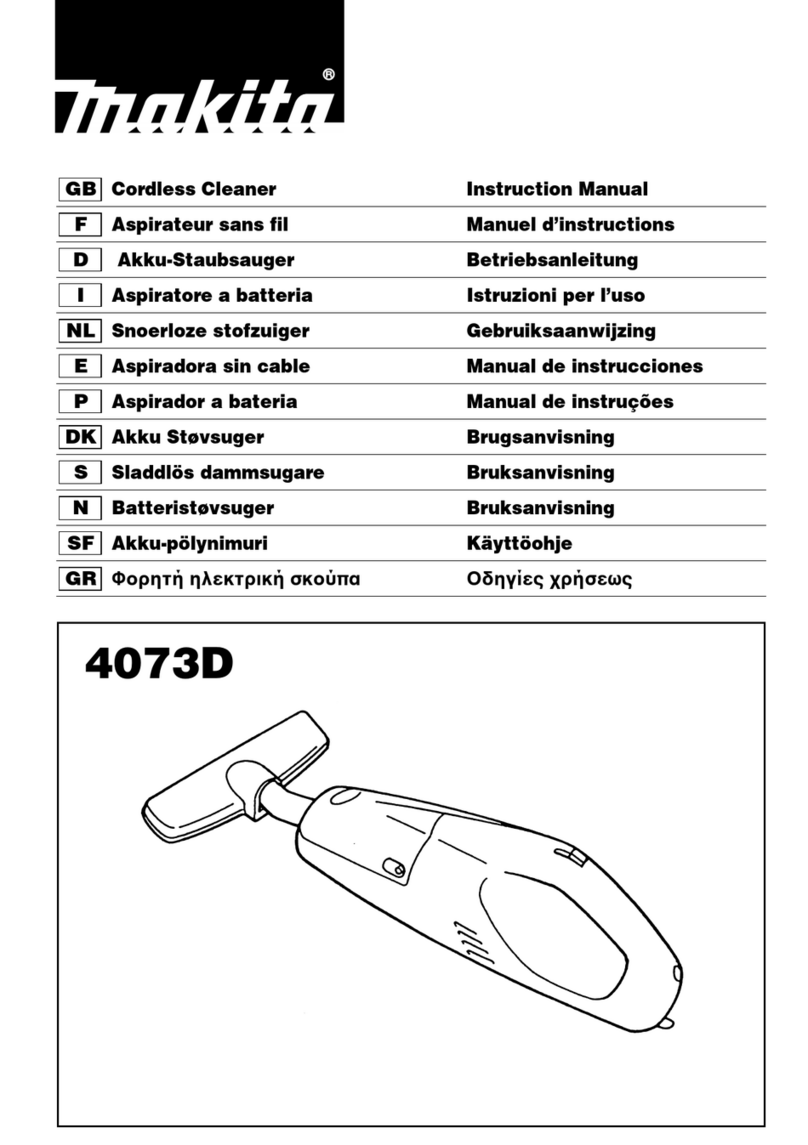Makita VC011G User manual
Other Makita Vacuum Cleaner manuals

Makita
Makita DCL180Z 18B User manual

Makita
Makita VC1310LX1 User manual
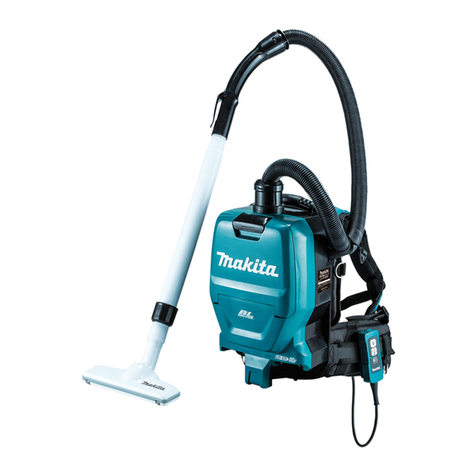
Makita
Makita DVC260 User manual
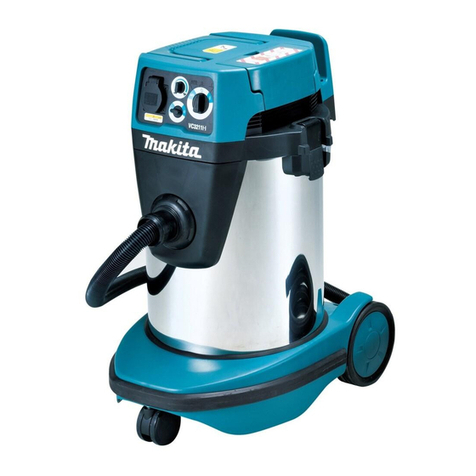
Makita
Makita VC3211H User manual
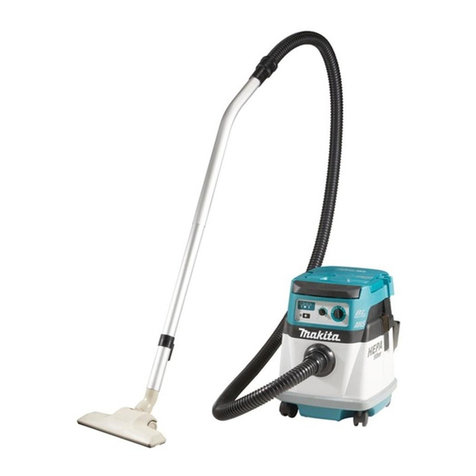
Makita
Makita DVC153L User manual

Makita
Makita VC006GM User manual

Makita
Makita VC002GL User manual

Makita
Makita DVC265 User manual

Makita
Makita DCL142 User manual
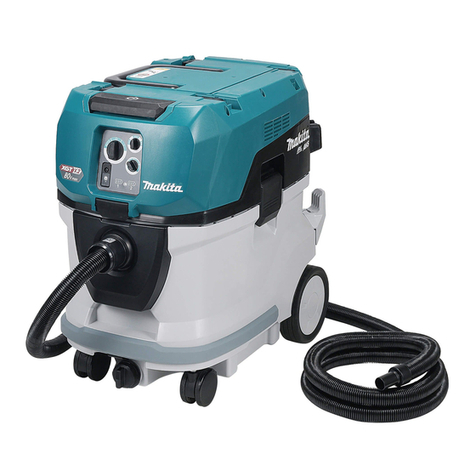
Makita
Makita VC006GM User manual
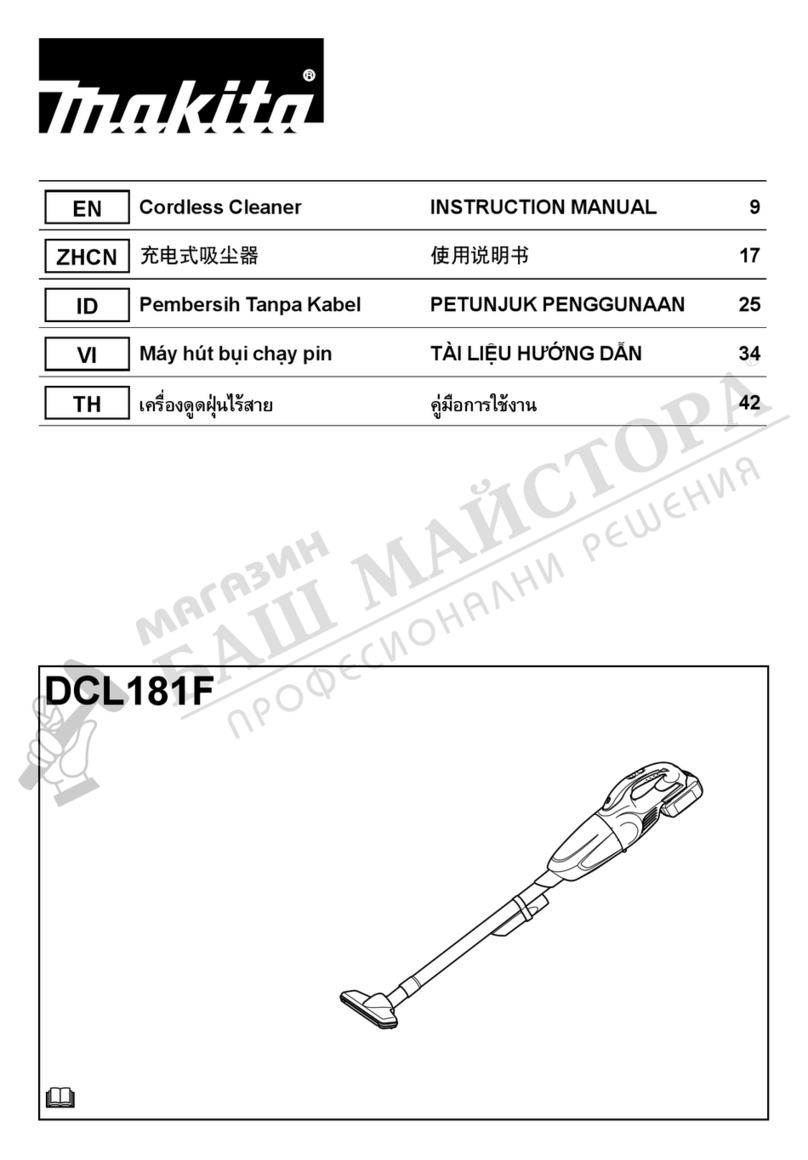
Makita
Makita DCL181F User manual
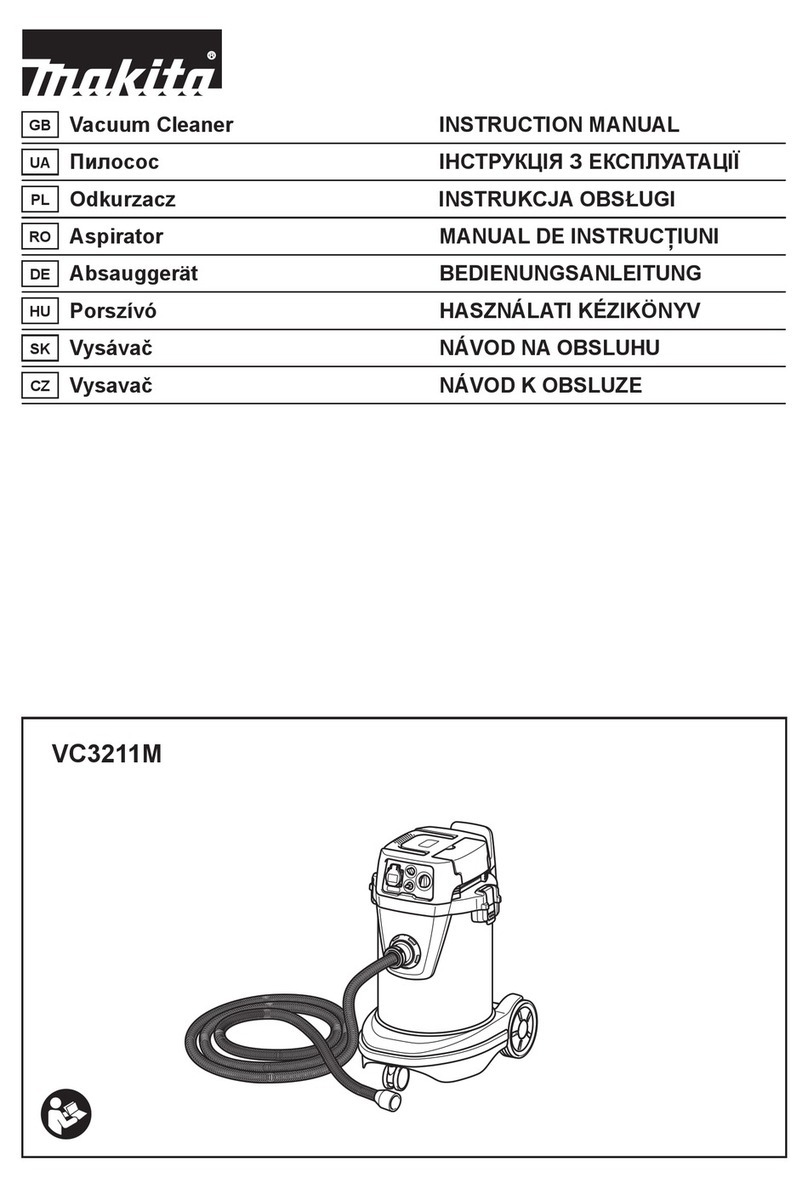
Makita
Makita VC3211M User manual
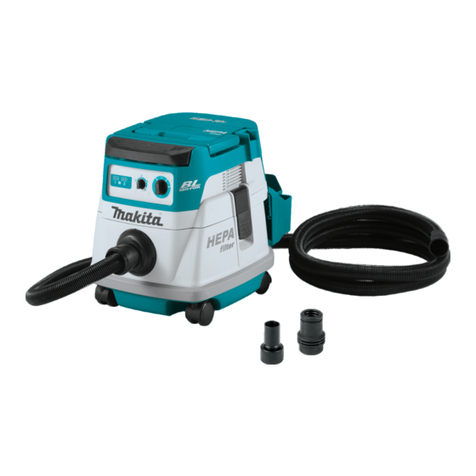
Makita
Makita XCV21 User manual
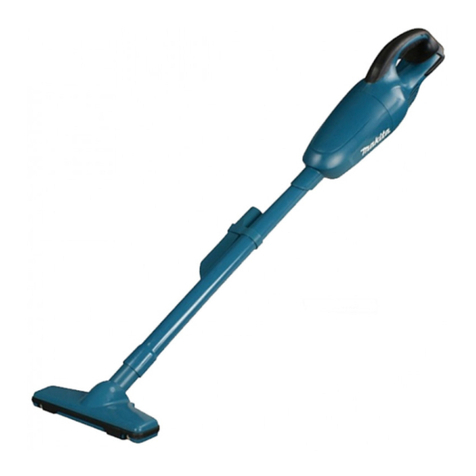
Makita
Makita CL183D User manual

Makita
Makita VC3211MX1 User manual
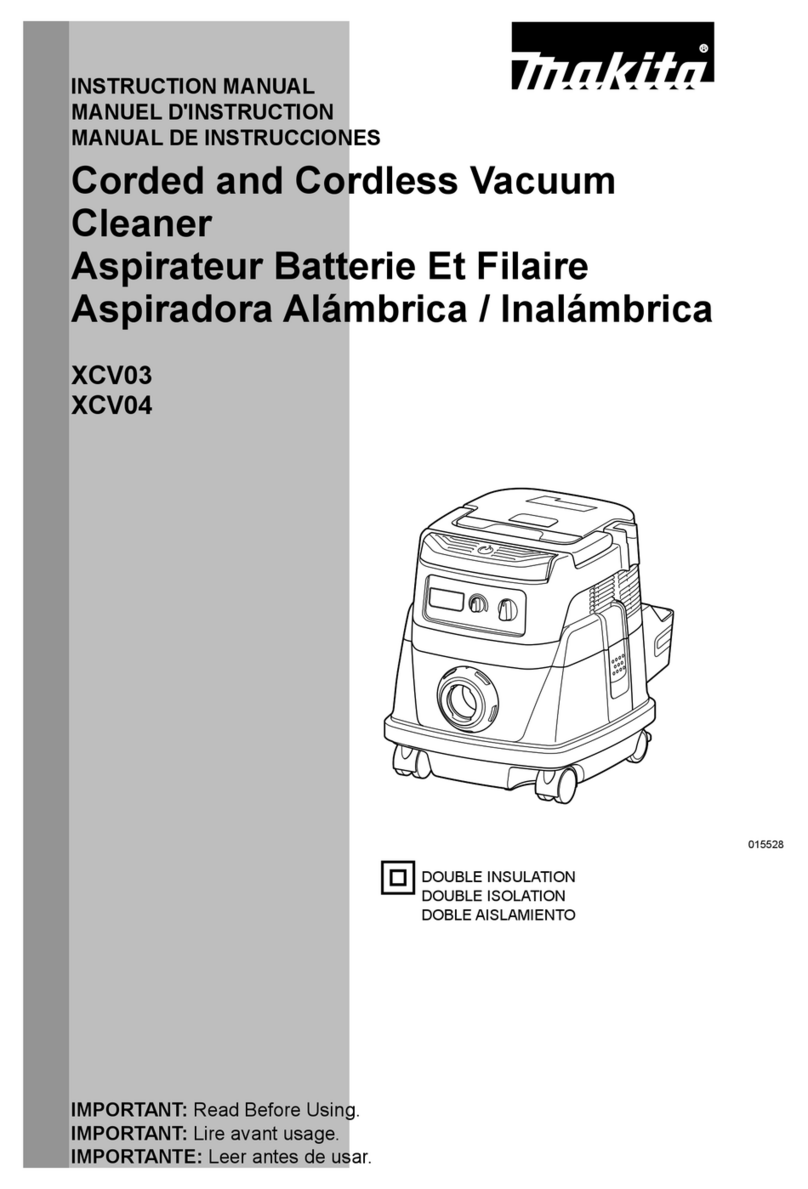
Makita
Makita XCV04 User manual
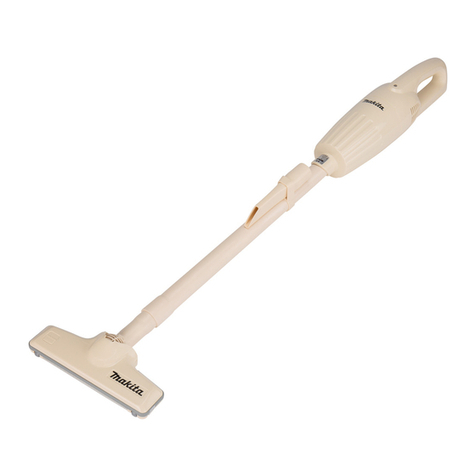
Makita
Makita CL111D User manual

Makita
Makita DVC150L User manual
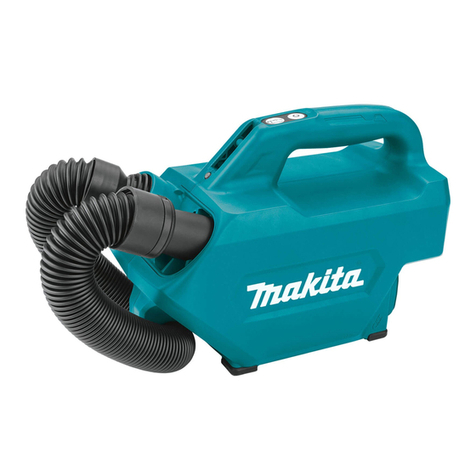
Makita
Makita CL121D User manual

Makita
Makita M12HV User manual
